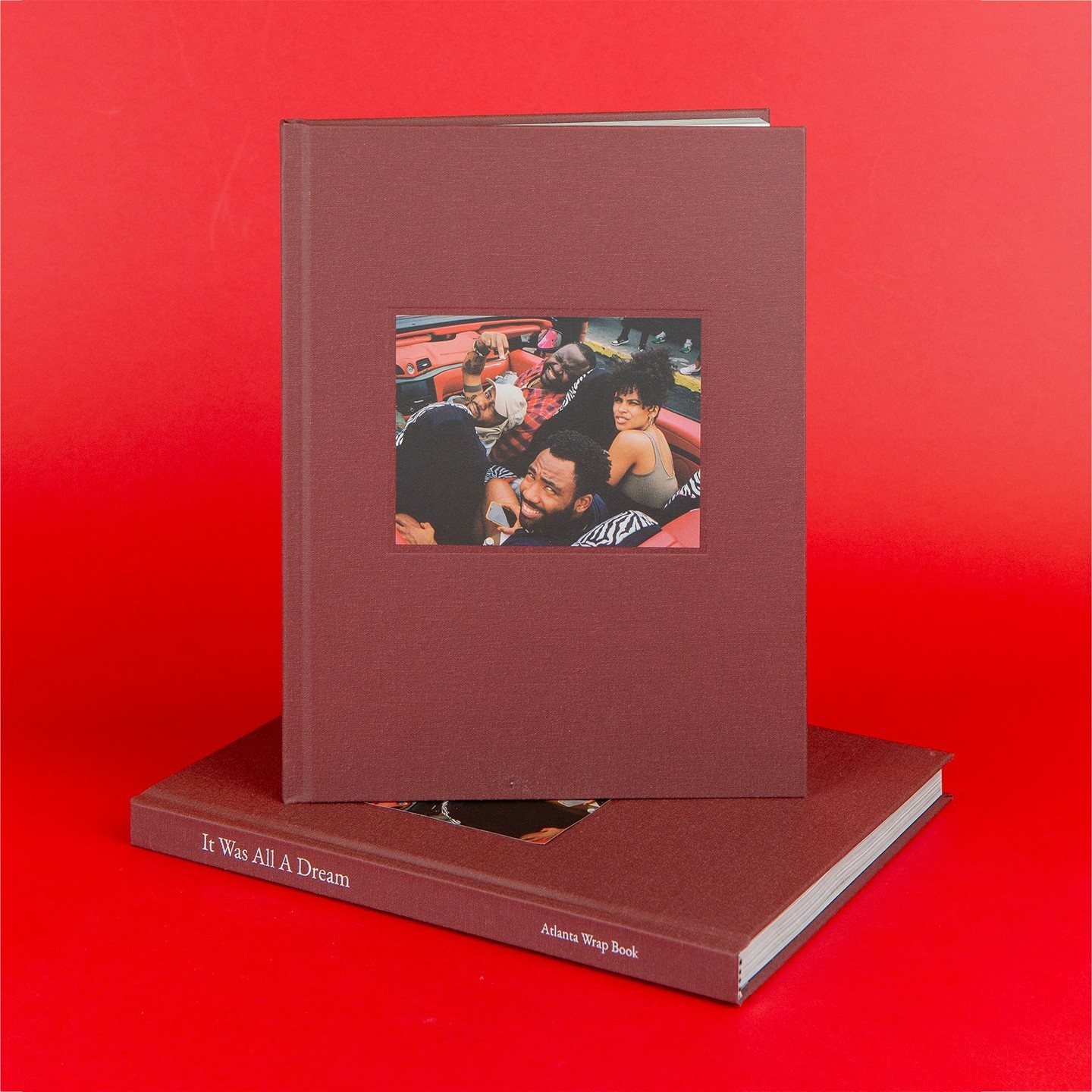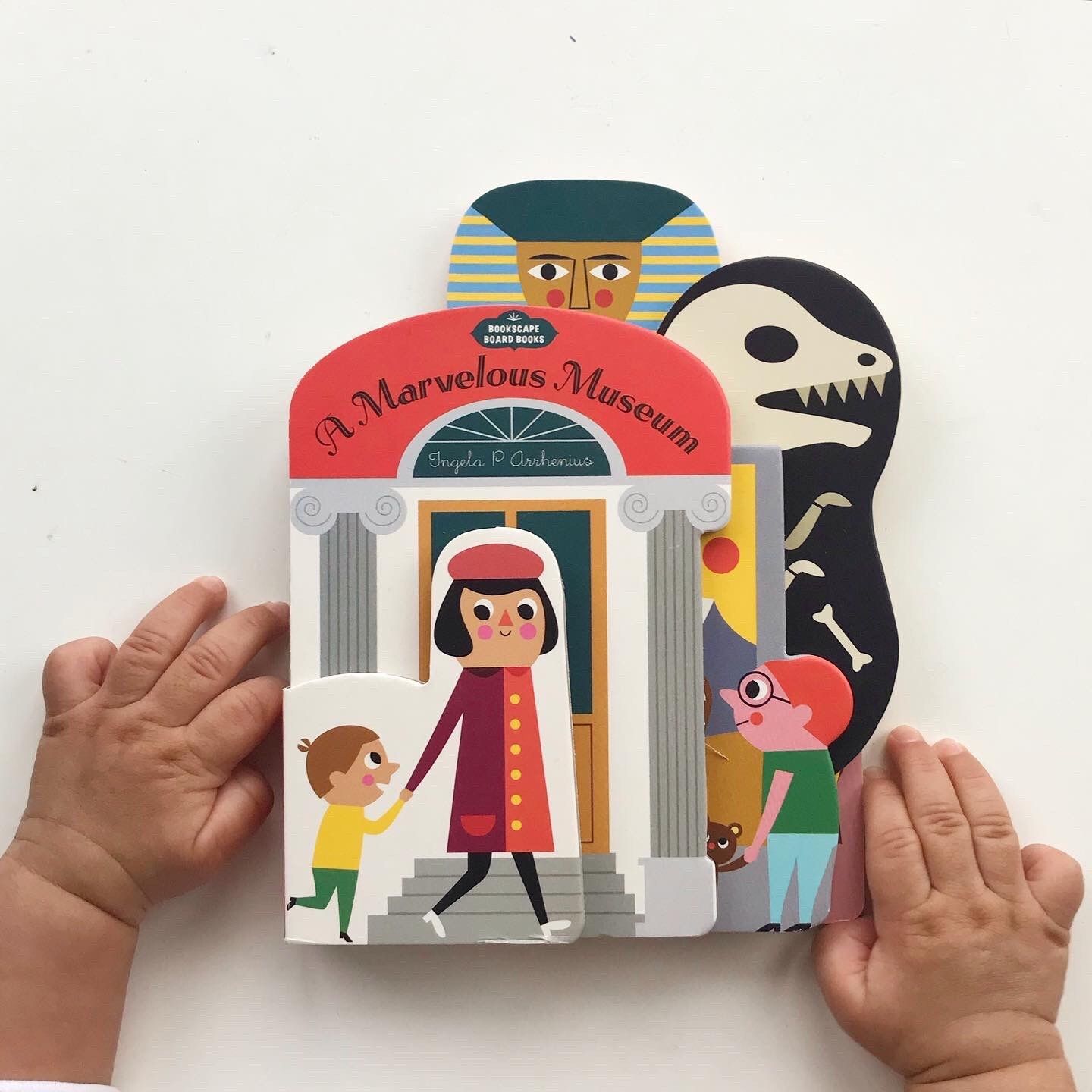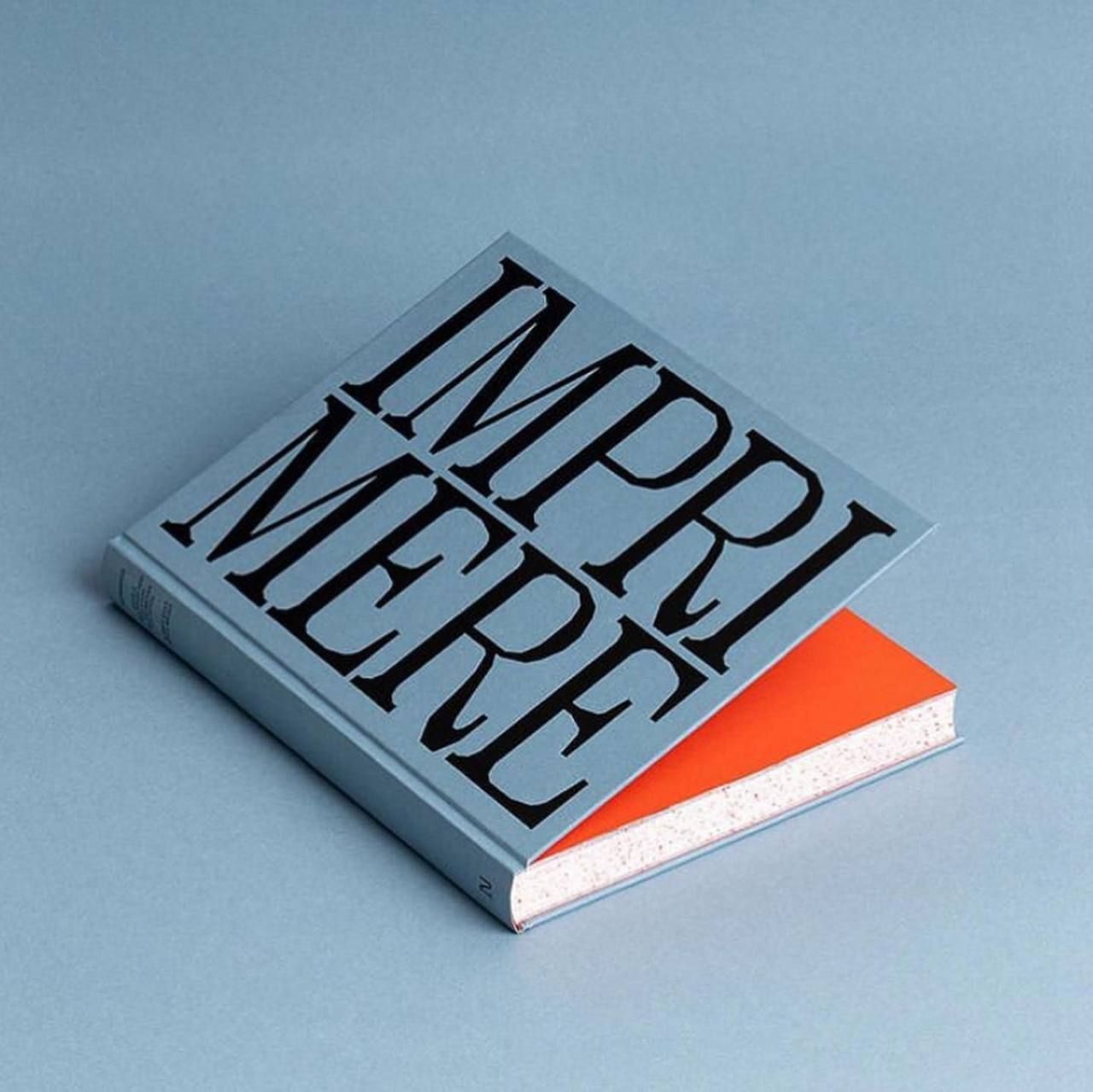Le guide ultime pour concevoir des couvertures de livres personnalisées
In the world of publishing, the cover of your book serves as your initial opportunity to captivate potential readers. A striking book cover can ignite curiosity, encapsulate the essence of your narrative, and entice readers to make a purchase. As a book and magazine printer, we understand that a custom-designed cover is crucial for standing out in today’s competitive literary market.
In this comprehensive guide, we’ll explore the art of creating the perfect custom book cover, detailing the essential steps in the design process that can elevate your work to a masterpiece.
Table des matières
The Significance of Book Covers
Your book cover is not merely a protective shell; it represents your story to the outside world. A thoughtfully designed cover can accomplish several important goals:
Convey the Essence: It captures the themes and emotions of your book, providing a visual representation of the narrative within.
Engage the Right Audience: A well-crafted cover piques the curiosity of your target readership, drawing in the right audience for your genre.
Stand Out from the Competition: In a crowded marketplace, a unique cover can differentiate your book from others, making it memorable.
Demonstrate Quality and Professionalism: A polished cover reflects the overall quality of your work, instilling confidence in potential readers about the content.
Why Custom Book Covers Matter
Before diving into the specifics of creating a custom book cover, let’s explore why they are essential in today’s publishing landscape:
First Impressions Matter
The cover of your book is often the first interaction readers have with your work. It plays a critical role in influencing their decision to explore further. A captivating design can spark interest and encourage readers to delve into the pages that follow.
Building Your Brand
A well-designed cover can become a vital part of your author brand. It serves as a visual identifier that can create a lasting impression, helping readers associate your unique style and genre with your name.
Reflecting Genre and Audience
Your cover should accurately represent the genre and appeal to your target audience. Whether it’s romance, thriller, or fantasy, the cover design should allow readers to quickly identify the book’s category and its intended readership.
Effective Marketing Tool
An attractive cover is a powerful marketing asset. It can be effectively used across social media platforms, promotional materials, and advertising campaigns, enhancing your visibility and reach.
Steps to Create the Perfect Book Cover
Let’s embark on the journey of designing the ideal custom book cover, focusing on each step that will help bring your vision to life.
Step 1: Define Your Vision
Understanding Your Book
Before starting the design process, take time to fully understand your book. Consider its genre, themes, and intended audience. What emotions or messages do you wish to convey through your cover? This foundational understanding will guide your design choices.
Step 2: Gather Inspiration and Conduct Research
Explore Successful Covers
Investigate notable book covers within your genre. Identify common elements and current design trends that resonate with readers. While originality is crucial, awareness of market expectations will help you craft a design that appeals to your audience.
Create a Mood Board
Compile images, colors, and design elements that reflect the themes of your book. A mood board serves as a visual reference, helping you and your designer align on the desired aesthetic.
Step 3: Collaborate with a Designer
Hire a Professional
While it’s possible to create your cover independently, enlisting a professional designer—especially one experienced in book cover design—can significantly enhance the final product. At PrintBooks, we offer expert custom book cover design services tailored to your needs.
Communicate Your Vision
Share your research findings, ideas, and mood board with your designer. Collaborate closely to ensure that your concept transforms into a compelling and visually appealing design.
Step 4: Typography and Layout
Choose Fonts Wisely
Typography plays a crucial role in the overall look of your cover. Select fonts that are legible and appropriate for your book’s genre and tone. The right typography can enhance your cover’s appeal and readability.
Design Composition
Work with your designer to establish an engaging layout. Pay attention to the placement of the title, author name, and other elements. A well-composed design will guide the viewer’s attention and create a harmonious look.
Step 5: Imagery and Graphics
Incorporate Custom Artwork
Consider using original artwork or imagery that relates to your book’s themes. A striking image or subtle symbol can add depth and individuality to your cover, making it more memorable.
Ensure High-Quality Visuals
All images and graphics should be high-resolution to ensure a professional finish. At PrintBooks, we specialize in book printing and can assist in optimizing your cover for print.
Step 6: Selecting a Color Scheme
Choose the Right Colors
Colors evoke emotions and can communicate the genre of your book. Collaborate with your designer to select a color palette that aligns with your vision and the emotions you wish to convey.
Step 7: Test and Gather Feedback
Seek Input
Before finalizing your book cover, gather feedback from peers, beta readers, or writing groups. Diverse perspectives can provide valuable insights, helping you refine your design further.
Step 8: Finalize and Prepare for Printing
Make Final Adjustments
Collaborate with your designer to make any last-minute tweaks and enhancements to your cover.
Ensure Printing Compatibility
If you plan to produce physical copies of your book, confirm that your cover is properly formatted for printing. PrintBooks can guide you through this process to ensure a professional outcome.
Step 9: Promote Your Custom Book Cover
Showcase Your Cover
Once your book cover is complete, leverage it across various platforms. Display it prominently on your website, social media, and promotional materials to create buzz around your book.
To effectively market your book, consider these strategies:
- Social Media: Share your book cover on platforms like Instagram, Facebook, and Twitter to reach a wider audience.
- Author Website: Feature your book cover prominently on your author website, making it easy for visitors to see your work.
- Collaboration with Bookstores and Libraries: Provide high-resolution images of your cover to local bookstores and libraries for promotional use.
- Book Launch Events: Make your book cover the centerpiece of your launch event, drawing attention and excitement.
Why Choose PrintBooks for Your Custom Book Cover Needs?
At PrintBooks, we take pride in our expertise in book printing and cover design. Here are several reasons to consider us for your custom book cover projects:
Quality Printing
We are renowned for our high-quality printing services, ensuring that your book cover looks stunning and professional.
Options de personnalisation
We offer a wide range of printing options, including finishes, paper types, and sizes, allowing you to tailor your cover to your specific requirements.
Eco-Friendly Practices
PrintBooks is committed to environmental stewardship. We use eco-friendly materials and processes, making us a responsible choice for your printing needs.
Expertise and Guidance
Our experienced team possesses extensive knowledge in book cover printing and design. We’re here to provide valuable guidance throughout the process, ensuring your project’s success.
Conclusion
Creating a custom book cover is a vital step in the publishing process. It merges creativity, market awareness, and a deep understanding of your work’s essence. With PrintBooks, you can transform your ideas into reality.
Remember, an eye-catching cover has the power to capture readers’ attention and create an unforgettable moment in their literary journey. Start your journey to a stunning, custom cover today!
FAQ
Q1. What is the importance of a custom book cover?
A custom book cover is crucial for attracting potential readers and making a lasting impression. It encapsulates the book’s themes and serves as a powerful marketing tool that can help establish your brand as an author.
Q2. How can I ensure my book cover stands out?
To ensure your book cover stands out, focus on originality while adhering to genre expectations. Use high-quality images, unique typography, and a color scheme that resonates with the emotions you want to evoke. Collaborating with a professional designer can also enhance your cover’s appeal.
Q3. What steps should I take if I want to print my book cover?
If you’re ready to print your book cover, start by finalizing your design and ensuring it meets printing specifications. Collaborate with a printing company like PrintBooks to ensure that your cover is formatted correctly and printed using high-quality materials. Our team can guide you through the entire process, from design to final print.
Impression de livres
Nouveaux produits
Dernier blog

Combien coûte la création d'un livre de table basse ?
Créer un livre de table basse est une entreprise passionnante et créative, mais l’une des premières questions qui se posent est : combien coûte la création d’un livre de table basse ?

Le moyen le moins cher d'imprimer un livret en Chine
L'impression de livrets est un outil polyvalent pour transmettre efficacement votre message, que vous fassiez la promotion d'un produit, que vous encouragiez des bénévoles,

Combien coûte la création d'un livre photo
Créer un livre photo est un moyen idéal de préserver des souvenirs, de célébrer les étapes importantes de la vie ou même d'offrir un cadeau unique à une personne spéciale. Cependant, de nombreuses personnes se demandent : « Combien coûte la création d'un livre photo ? »* Le coût de création d'un livre photo de haute qualité peut varier considérablement en fonction de divers facteurs.

Quels sont les avantages d'imprimer un roman en couverture rigide
Au tout début de votre parcours en tant qu’auteur ou éditeur, vous serez probablement submergé par de nombreuses décisions concernant la conception, la production et la présentation de votre travail.
Contactez-nous
- +86 13946584521
- info@booksprinting.net
- 8h00 - 22h00 (du lundi au dimanche)
Commentaires
Blog associé
Découvrez les dernières tendances et connaissances communes dans le domaine de l'impression de livres.

Le moyen le moins cher d'imprimer un livret en Chine
L'impression de livrets est un outil polyvalent pour transmettre efficacement votre message, que vous fassiez la promotion d'un produit, que vous encouragiez des bénévoles,

Les 5 meilleures méthodes de reliure de livres économiques pour réussir vos impressions
Si vous vous lancez dans l'auto-édition, l'une de vos principales préoccupations sera de trouver des options économiques pour l'impression de livres.

Sur quel type de papier sont imprimés les livres pour enfants ?
Lors de la création d'un livre pour enfants, chaque élément compte, en particulier le choix du papier. Choisir le bon type de papier peut rehausser l'apparence d'un livre,

Quelle est la différence entre un livre cartonné et un livre à couverture rigide
Lorsqu’il s’agit de publier de la littérature destinée aux jeunes lecteurs, le choix du bon format d’impression, qu’il s’agisse d’un livre à couverture rigide ou d’un livre cartonné, joue un rôle crucial pour répondre aux besoins spécifiques de votre public.





